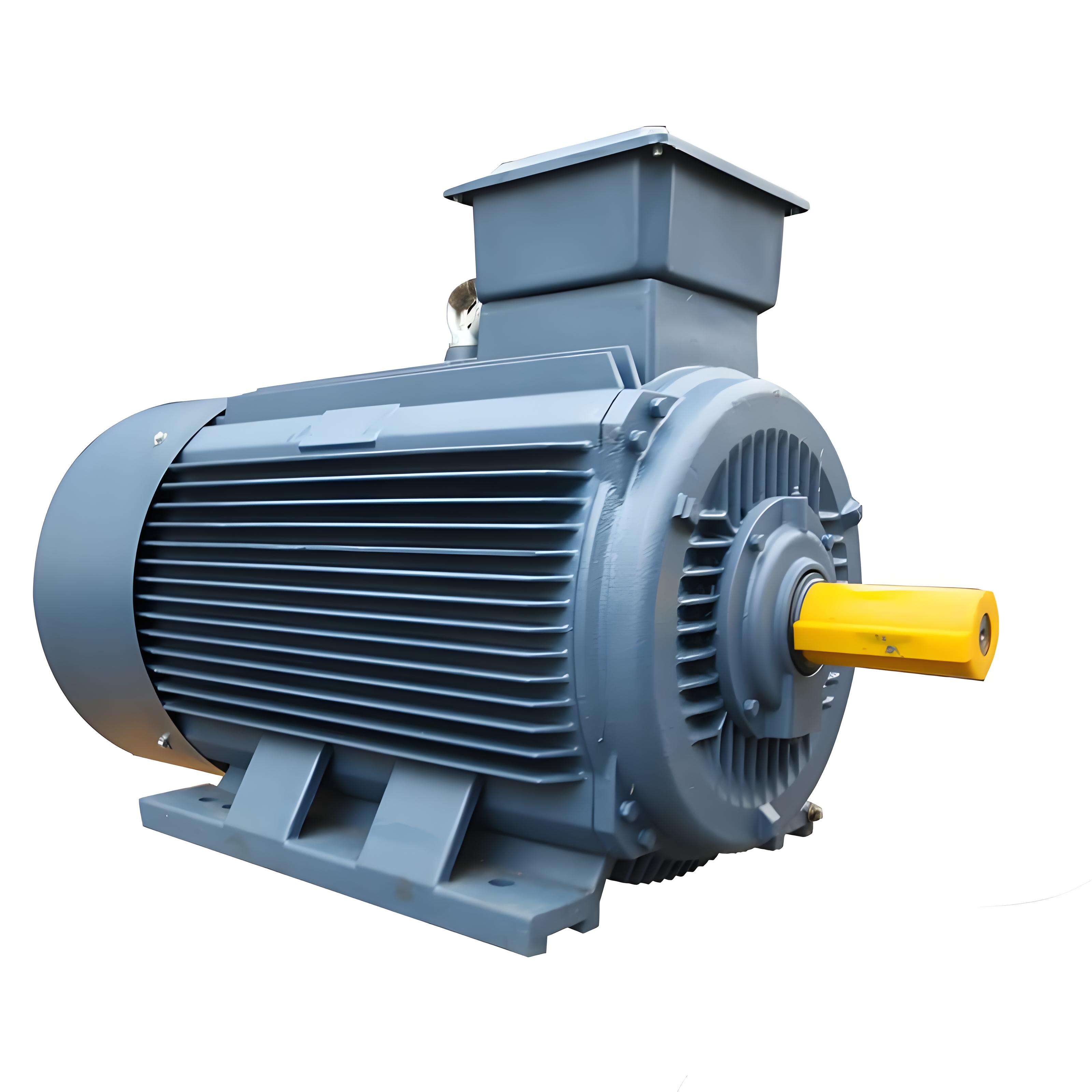
Variable frequency drives, or VFDs for short, work by changing how much electricity goes to an AC motor. Instead of running at fixed speeds all the time, they let operators adjust both the frequency and voltage as needed. What this means is better control over how fast the motor spins and how much force it can produce. When motors start up, there's less wear and tear on them because the power ramps up gradually. Motors also perform more consistently even when workload changes throughout the day. This makes a big difference in industries where precision matters most, such as CNC machining shops or factories with long conveyor belts moving products around.
Today's variable frequency drives can hit around 0.5% speed accuracy thanks to their closed loop feedback systems which keep an eye on motor performance all the time. When dealing with applications where torque matters a lot like coil winding operations or when lifting really heavy stuff, these drives tweak the slip compensation settings so torque stays steady even if there are unexpected load variations. The programmable acceleration and deceleration features make things smoother too. Without them, machines might jerk suddenly and cause damage to both equipment and finished products down the line. Most plant managers know this from experience after seeing what happens when proper ramp rates aren't set up correctly.
When working in factories where conditions are tightly controlled, motors fitted with VFD technology hit around 92 to 95 percent accuracy when doing work that needs measurements down to the micron level. That's way better than the roughly 60 to 70 percent we see from older fixed speed systems. According to research published last year on motor performance, putting VFDs into hydraulic presses actually makes them run at consistent speeds twice as often as before. This kind of improvement cuts down on wasted materials by about 18%, which matters a lot for manufacturers trying to keep costs under control. What's interesting is how these variable frequency drives play nicely with existing industrial IoT setups too. They let plant managers track what's happening right now across multiple machines, so they can spot problems before they become big headaches and tweak operations while things are still running smoothly.
Key technical terms defined at first use: AC motor (Alternating Current motor), CNC (Computer Numerical Control), IoT (Internet of Things).
In bottling and packaging operations, variable frequency motors enable precise conveyor synchronization, minimizing product spillage and downtime. Facilities using adjustable motor speed report 12–18% fewer stoppages than those relying on fixed-speed systems. Operators can fine-tune speeds from 10% to 100% of maximum RPM, ensuring smooth acceleration that maintains liquid stability during filling.
Advanced VFD algorithms automatically adjust torque when packaging line loads vary by ±25%, preventing bottlenecks caused by irregular container sizes or jams. Plants using responsive control systems reduced energy waste by 34% while maintaining 99.1% throughput consistency, according to a 2023 Material Handling Institute study—key for high-speed labeling and capping lines.
HVAC systems leverage variable frequency motors to balance efficiency and precision. IoT-enabled drives modulate fan speeds based on occupancy and temperature data, achieving 27–41% energy savings (ASHRAE 2024). When integrated with SCADA platforms, operators can make instantaneous ±5% speed adjustments to maintain air pressure in sensitive environments like cleanrooms.
VFDs eliminate mechanical shock by gradually ramping up motor speed, reducing peak current surges by up to 60% compared to direct-on-line starting. This soft-start capability decreases wear on gears, belts, and bearings in conveyors, extending service intervals by 30–40% in packaging machinery.
Precision speed control allows gradual acceleration in viscous fluid agitators down to 0.05 RPM increments, ensuring uniform mixing without thermal spikes. A leading pharmaceutical manufacturer reduced batch inconsistencies by 92% after deploying VFDs in active pharmaceutical ingredient (API) blending tanks.
Modern VFMs synchronize with programmable logic controllers (PLCs) to execute complex speed profiles with ±0.25% deviation, as seen in raw material handling systems where ingredient ratios must remain exact. SCADA integration enables real-time adjustment of torque limits while maintaining compliance with ISO 13849 safety standards.
IIoT-enabled motors use Modbus TCP protocols to transmit performance data to edge computing nodes, supporting predictive alerts for bearing wear. A 2023 study showed networked motor control systems reduced unplanned downtime by 78% in automotive plants through real-time load monitoring.
By matching motor speed to actual demand, VFDs significantly reduce energy consumption in pumps and fans—systems responsible for 65% of industrial electricity use (U.S. DOE 2023). These motors typically cut energy usage by 30–50% compared to fixed-speed alternatives by eliminating wasteful "always-on" operation.
VFDs do cost about 15 to 25 percent more upfront compared to standard systems, but most plants see their money back within just two to three years when running continuously, especially in places like wastewater treatment facilities. A recent report from Energy Star in 2023 showed that businesses typically save around $18,200 every year for each 100 horsepower motor installed because of those lower electricity bills plus significantly cut down on maintenance expenses too something many facility managers appreciate during budget reviews. And there's another benefit worth mentioning adaptive torque control actually makes motors last anywhere from seven to twelve extra years in those high precision manufacturing environments where reliability matters most.
Getting good results from VFDs means dealing with more than 120 different setup parameters, things like acceleration profiles and torque restrictions. According to some industry reports from last year, around three out of four plants struggle when first adjusting these settings. Fortunately, newer systems make life easier with built-in templates for common applications, smart algorithms that automatically tweak parameters based on performance data, plus remote monitoring capabilities that let engineers fine tune operations in real time through industrial IoT networks. These advancements help maintain those promised energy savings while keeping essential processes running smoothly even under varying load conditions.
 Hot News
Hot NewsCopyright © 2025 by Changwei Transmission (Jiangsu) Co., Ltd — Privacy Policy